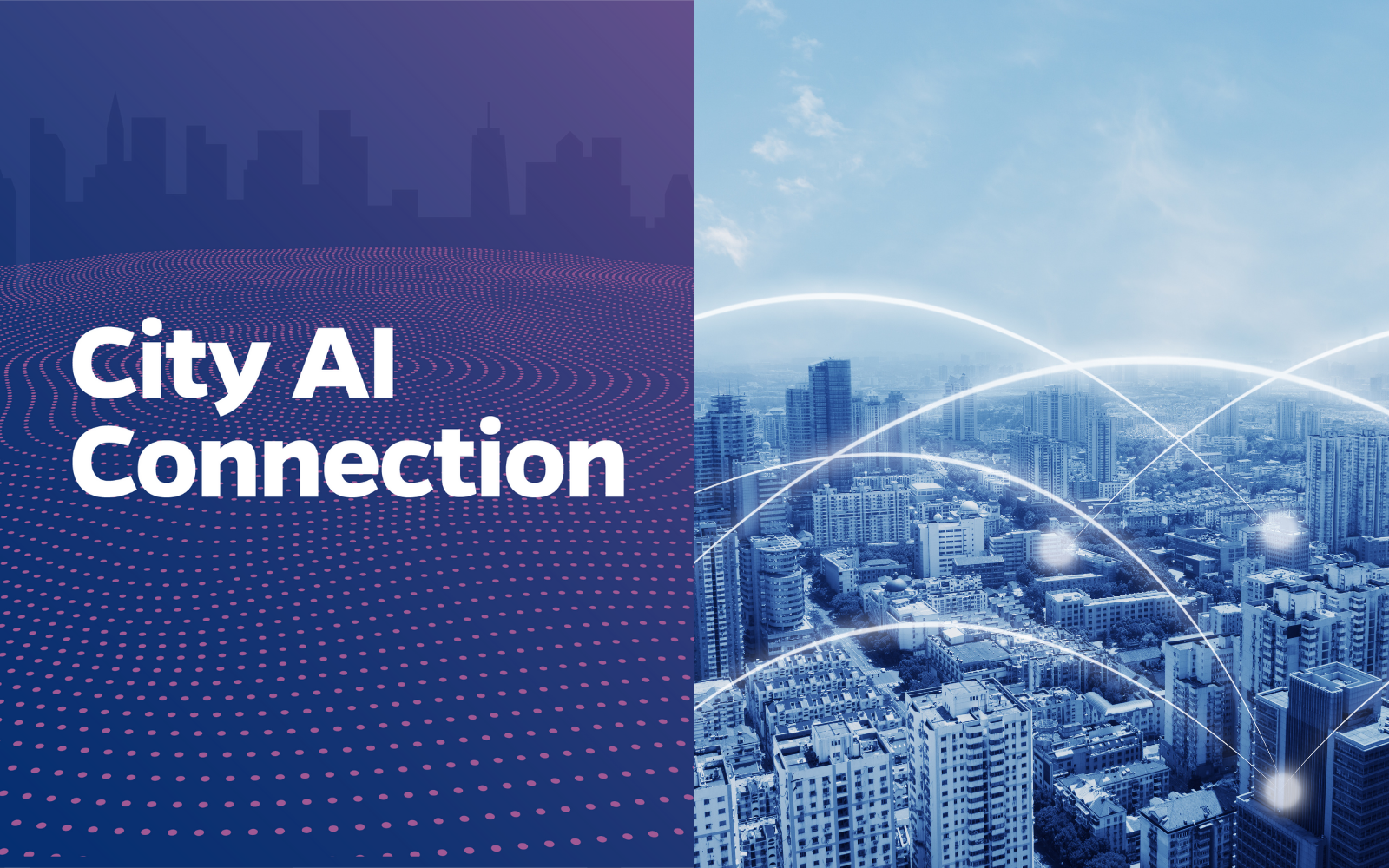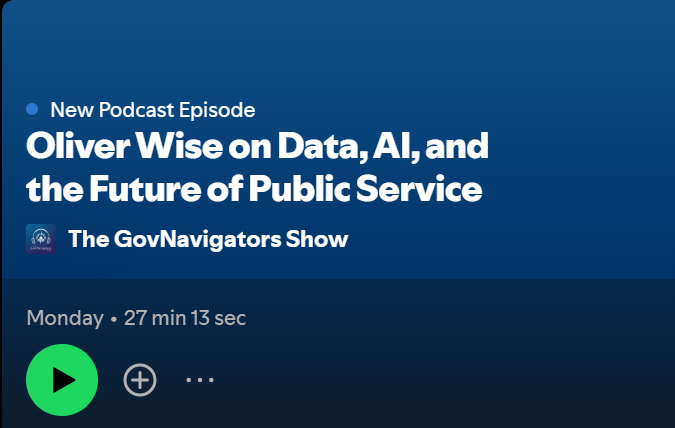
City AI Connection is a series of posts on emerging ideas in artificial intelligence, with a focus on government application. These articles are initially shared exclusively with the City AI Connect community and subsequently with a broader audience via the Bloomberg Center for Government Excellence at Johns Hopkins University website, govex.jhu.edu. City AI Connect is a global learning community and digital platform for cities to trial and advance the usage of generative artificial intelligence to improve public services. The community is open exclusively to local government employees. To join, visit cityaiconnect.jhu.edu.
By Meg Burke
Some phrasing and edits were refined with help from ChatGPT.
As cities grapple with the dual challenges of adopting generative AI tools and addressing the technology’s environmental and ethical impacts, many local leaders look to balance the potential benefits of AI with the sustainability of their communities.
Earlier this year, City AI Connect hosted a conversation to explore how cities might approach these concerns. Jonathan Porat, State Chief Technology Officer for California, and Dr. Benjamin Zaitchik, Morton K. Blaustein Chair and Professor at Johns Hopkins University contributed their expertise to the conversation. While there is no one-size-fits-all solution, they offered thoughtful perspectives grounded in policy and research.
Here are some key take aways from the conversation:
Build shared understanding with stakeholders
To foster meaningful engagement, AI leaders need to define key terms for all stakeholders (city employees, residents, vendors, etc). Terms like AI, generative AI (gen AI), large language model (LLM), and cloud computing should be clearly explained, along with nontechnical terms that are specific to your jurisdiction. Ensuring that all participants have a baseline knowledge of generative AI and its associated tools is essential.
Cities should establish procurement guidelines and specific policies for generative AI use in the workplace. These guideposts can shape decision-making beyond financial considerations, ensuring monitoring, evaluation, and public reporting are aimed at understanding the full spectrum of risks, benefits, and costs of deployed technologies.
Center environmental and social impacts
Cities exploring new technology solutions should broaden their focus to include environmental and social justice impacts. It’s important to consider labor conditions, equity issues, and community impact alongside climate impact when identifying technology solutions. These concerns aren’t limited to your local jurisdiction—they often extend to global supply chains and the regions where these technologies are produced, maintained, or staffed, especially when outsourced labor or extractive industries are involved.
Addressing these broader impacts requires sustained attention and adaptation as technologies and their consequences evolve. Cities should plan for ongoing research and regular policy updates as new technologies emerge, and, ideally, as environmental impacts are reduced over time. Leveraging existing climate commitments within a city’s strategic plan can strengthen and motivate these initiatives. Developing such commitments if they don’t exist is another great place to start.
Use holistic data approaches
All technologies consume energy, so developing a baseline understanding of how much energy a city uses across all technological tools is crucial.
Collecting and analyzing both quantitative data (e.g., emissions of city fleet vehicles) and qualitative data (e.g., public feedback about the locations of EV charging stations) is essential. Cities should, where possible, assess energy use across different genAI tasks, and request information about environmental impacts from vendors. Recognizing limitations in available data and seeking independent verification when possible is also important.
Communicate clearly and build trust
A focus on engaging with community members around using AI and emerging technologies is critical. Engagement sessions should use clear definitions and plain language, and resident feedback should be recorded and incorporated into projects. Promoting transparency about goals, challenges, and outcomes is key to building trust.
When implementing genAI tools to address a problem, cities should identify for whom they are solving the problem. For example, in traffic flow optimization, are they optimizing for drivers, municipal bus systems, or bicyclists who share the roads?
Develop strategic partnerships
Collaborating with universities, NGOs, and community groups can broaden the conversation and bring in diverse expertise and perspectives. These partnerships can spark innovative solutions, build community trust, and strengthen the long-term sustainability of environmental initiatives. At the same time, cities should rigorously vet vendors and partners to ensure alignment with environmental and ethical priorities—favoring those who offer transparent, credible, and verifiable information about their sustainability practices. A careful vetting process not only mitigates risk but also reinforces a city’s commitment to responsible, values-driven collaboration.
As cities continue exploring the promise and pitfalls of generative AI, it’s clear that environmental and ethical considerations must be part of the conversation from the start—not an afterthought. The insights shared during the City AI Connect session underscore the importance of proactive planning, cross-sector collaboration, and thoughtful vendor engagement. Although each city’s journey will differ, the common objective remains: implementing AI in ways that are both forward-thinking and accountable, reducing potential harms and enhancing service to residents.
Meg Burke works for GovEx as the Community Manager for City AI Connect.



